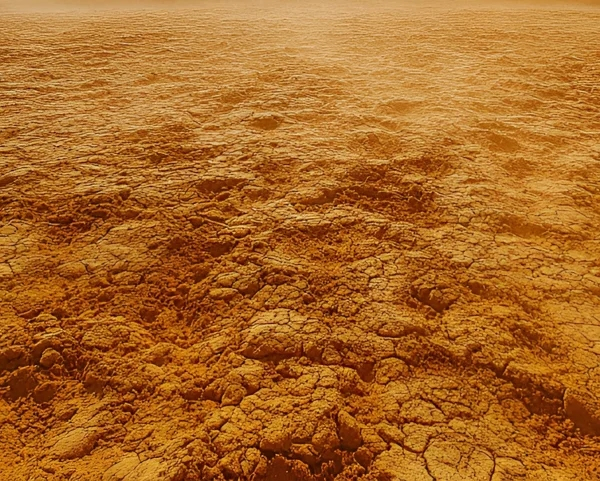Whether to continue sinking after the foundation reinforcement and lifting project depends on the repair method and use, such as the difference in construction method, the quality of geological conditions, the increase of load and so on.
1. Construction method
1, choose the appropriate repair method: The repair method should be selected according to the specific cause and degree of floor settlement. For example, if the settlement is caused by insufficient bearing capacity of the foundation, it may be necessary to adopt the method of foundation reinforcement. If the settlement is caused by insufficient thickness or strength of the concrete floor, it may be necessary to re-pour the concrete or thicken the floor.
The following are common foundation reinforcement and lifting project methods:
(1) Soil replacement cushion method: Dig up the original soft soil and replace it with materials with high strength, low compressibility and no erosion.
Limitations: Only applicable to the treatment of shallow soft foundation and uneven foundation.
(2) Traditional grouting method: by injecting grouting water into the cracks of the foundation to transform the internal mechanical structure, prevent leakage and blockage, and play a strengthening role.
Limitations: Most of the materials used are cement mud, which has poor drainage, long solidification time and easy secondary settlement in the later period when dealing with soft soil foundation such as silt, silty soil and cohesive soil.
(3) Non-destructive controlled soil solidification technology: Hengxiang Hongye uses new composite materials to transform the foundation soil layer, adopts small hole minimally invasive technology, 1-90s fast consolidation of weak foundation soil to form a new structure, high strength, water seepage prevention, from the root of the foundation deformation problem, in the soil filling and compaction process, it will produce upward lift, promote the ground or building to lift, prevent secondary settlement, quality guarantee for 20 years.
Advantages: It is widely used in all parts of the country, and has good consolidation effect on silt soil and collapsible loess.
2, construction quality: in the repair process, the construction quality directly affects the repair effect. If the construction is improper, such as the traditional grouting is not uniform, the concrete pouring is not dense, etc., it may cause the floor to continue to sink after repair.
Second, geological conditions
1. Geological stability: Geological conditions are important factors affecting floor settlement. If the geological conditions of the area where the plant is located are poor, such as loose strata and high groundwater level, the floor may continue to sink due to geological changes even if it is repaired.
2, groundwater changes: changes in the groundwater table may also have an impact on the floor settlement. If the groundwater table changes significantly after the restoration, such as overexploitation of groundwater causes the groundwater table to drop, it may cause new subsidence problems.
Third, the use of load
1. Load control: The repaired floor needs to reasonably control the use load. If the overload is still used after repair or the load distribution is uneven, it may lead to the floor settling again.
2, regular inspection and maintenance: regular inspection and maintenance of the repaired floor, timely detection and treatment of potential problems, can effectively prevent the floor from continuing to sink.
foundation reinforcement and lifting project https://en.hengxianghongye.com/foundation-settlement-reinforcement-lifting-project.html
